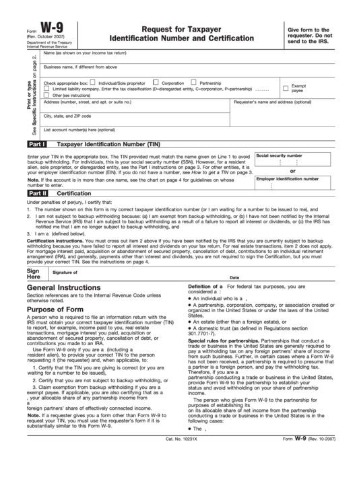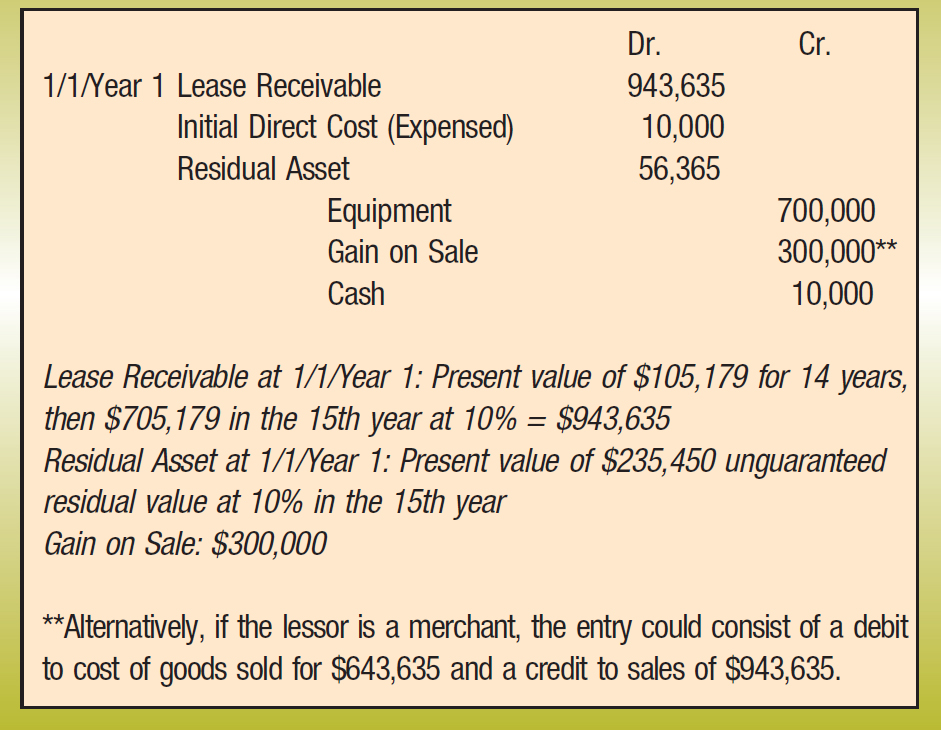
While most users commended the setup process and implementation team’s support, they were later frustrated by the support team. Some had significant luck with their account managers, but many Paylocity users complained about delayed responses, unending transfers to other departments, and unresolved issues. A few customers also complained about issues with time tracking and overtime calculations. It’s easy to navigate and customizable, and both account administrators and employees can access and upload information on the platform.
How can Taxfyle help?
Next, the business owner clicks the column entitled “Payroll Item” and selects the correct item in the Taxes and Liabilities selection. He or she then inserts the appropriate amount for the adjustment. The business owner then clicks on “Accounts Affected.” He or she should then choose whether the adjustment should affect other accounts or not.
Track and manage time
Remember, when adjusting payroll liabilities, it is crucial to exercise caution and attention to detail. If you’re unsure about any adjustments or need further guidance, consult with a professional bookkeeper, accountant, or payroll specialist. Now that you have completed the review and verification process, you can rest assured that your payroll liabilities in QuickBooks Online are accurately adjusted, reflecting the changes you have made. Now that you understand the process of adjusting liabilities through the Payroll Center, you can proceed confidently with making any necessary adjustments to your payroll liabilities in QuickBooks Online. Yes, your e-payments will go in the payroll expenses account. Also, liability payment (epayment) will also be taken out of the liability account to reduce or zero out the liabilities.
Common scenarios that can be corrected by a liability adjustment
- You’ll get to choose the features you need to handle payroll, and you can always add more as your business grows.
- The option to perform a one-time charge for Social Security and Medicare is unavailable on QuickBooks Desktop.
- Many bookkeepers make the mistake of simply bookkeeping the net pay to payroll expense and the taxes to the employer tax expense.
- We already submitted a formal complaint to our Payroll Team.
This may influence which products we review and write about (and where those products appear on the site), but it in no way affects our recommendations or advice, which are grounded in thousands of hours of research. Our partners cannot pay us to guarantee favorable reviews of their products or services. I’d be glad to help you if you have other questions about recording payroll transactions.
The detail method
Assume that a restaurant owes workers $3,000 in payroll for the last five days of March and that the next payroll date is April 5. Using the accrual method, $3,000 in wage expense is posted on March 31, along with a $3,000 increase in wages payable (a payroll liability account). If a worker repays a loan from the employer, the loan payments withheld from pay are not a payroll liability or a payroll expense. Instead, the payment increases the employer’s cash account and reduces a loan-receivable (asset) account.
You can generate payroll liability reports or review the individual liabilities in your Chart of Accounts to confirm that the adjustments have been applied correctly. These adjustments will form the basis of the next step in the process — actually adjusting the payroll liabilities in QuickBooks Online. So, let’s dive into the specifics of adjusting, reconciling, and entering payroll liabilities in QuickBooks to ensure accurate financial reporting and compliance with accounting standards. Adjusting employer contribution parameters, such as retirement plans or health benefits, should be carefully assessed to align with company policies and employee benefits. QuickBooks Online provides user-friendly options for these adjustments, allowing businesses to customize their payroll settings efficiently.
Paylocity doesn’t offer a free version or trial to test its payroll features, but you can book a live demo to see how the payroll software works. The absence of pricing plans allows you to customize your package to your needs, making Paylocity suitable for any business size. Since Paylocity offers other HR solutions besides statement of cash flows payroll, businesses can customize their plans according to their needs. That means you’ll need to contact the sales team for a custom quote. This pricing approach makes Paylocity suitable for any business size, so it doesn’t matter whether you’re a solopreneur, small business, medium-sized business, or enterprise.
For example, they both offer on-demand pay and tax processing as core payroll features and require you to pay extra for benefits administration and time tracking features. However, Paycor doesn’t offer expense management and it requires setup fees. The accrual method posts payroll liabilities and expenses in the same period. In the restaurant example, a $3,000 wage expense and a $3,000 wage liability balance are posted on March 31. When cash is paid on April 5, the liability balance is reduced. Employee compensation, taxes, and voluntary deductions all generate payroll liabilities.

You can use payroll software to reconcile the payroll liability data and ensure you’re processing payroll correctly. Payroll is the most time-consuming accounting how to turn on and set up time tracking task, and you need the right tools to work efficiently. Automate the payroll process so you can save time and focus on growing your business.
Topical articles and news from top pros and Intuit product experts. As long as you understand the above first, then this next part should be fairly easy to follow. the difference between margin and markup May I ask in which specific part of this thread you need assistance with? I just need some more details about the issue to ensure that were on the same page.
The steps provided by my colleagues are how to address a scenario if payments were never recorded in QuickBooks. You’ll want to enter those prior tax payments since you’ve already paid the. I understand this isn’t an easy process for you, @heatherhd14. I’ll direct you to the right support who can help you further with Payroll Tax Liability adjustments. I’m here to share insights about payroll tax calculations in QuickBooks Desktop Payroll. If the deduction wasn’t used on paychecks, you can delete it from the payroll item list.

It also runs payroll for independent contractors and offers an error-free guarantee. Use payroll software to generate a payroll-liability balance report each time you process payroll. Review the report, so you can post each adjusted journal entry. The tax payment is split based on the total withholding for all employees, and the total employer match.
The payroll software is also available on desktop and mobile devices, allowing you to process payroll on the go. As discussed above, some payroll liabilities are reclassified into a payroll expense account when payments are sent to a third party. There are two ways to manually enter payroll in QuickBooks Online if your payroll software product doesn’t integrate with it.
You can connect with a licensed CPA or EA who can file your business tax returns. At Taxfyle, we connect you with licensed, experienced CPAs or EAs in the US. We handle the hard part of finding the right tax professional by matching you with a Pro who has the right experience to meet your unique needs and will file your file taxes for you. Using QuickBooks, including QuickBooks Online and QuickBooks Desktop, provides construction companies with robust tools to manage their financials, improve project profitability, and streamline their overall operations. Whether you’re looking to simplify your bookkeeping or manage multiple projects more efficiently, QuickBooks has the features you need to succeed.
When you submit payments, you also provide reports that explain the purpose of the payments (employee name, amounts withheld, etc.). Your company’s payroll- liabilities chart of accounts may include dozens of balance-sheet account numbers. Should use worksheet for Line 10 to calculate FUTA tax liability for exempt corporate officer after each payroll and adjust FUTA tax liability as soon as credit for exempt officer. Therefore it overstate tax liability for small businesses pushing to pay taxes even it is not necessary.. Maybe, it will be reasonable to let users determine tax rate for FUTA as it is designed in desktop version.
Paylocity and Rippling share features, such as tax reporting, benefits administration, time tracking, and expense management. However, Rippling beats Paylocity hands down when it comes to its offerings. For example, Rippling integrates its time-tracking feature, whereas Paylocity requires paying for it as an add-on service.
Again you write a check in QuickBooks Online with the split between the payroll liabilities and employer taxes, and everything should reconcile. In this article, we will guide you through the steps to adjust payroll liabilities in QuickBooks Online, providing you with two options to choose from. Whether you prefer using the Payroll Center or the Chart of Accounts, both methods offer a straightforward approach to making adjustments.
I understand the whole scenario however I am not quite sure what’s happening in the GL. It’s hard to suggest because it could be that your revenue and/or liability is understated. When you’re managing payroll, it’s important to stay on top of all the details. With Taxfyle, your firm can access licensed CPAs and EAs who can prepare and review tax returns for your clients. Get $30 off your tax filing job today and access an affordable, licensed Tax Professional. With a more secure, easy-to-use platform and an average Pro experience of 12 years, there’s no beating Taxfyle.
Nearly 30% of small business owner’s overpay their taxes every year to the state and federal tax authorities either because of the incorrect tax payment calculation or because of the fear of getting penalties from the IRS. This article clarifies every step on how to adjust payroll liabilities in QuickBooks and getting it as a credit to payroll tax liabilities. This process necessitates a thorough review of the current payroll settings to identify areas that require modification. For example, if there are changes in tax laws, the tax categories must be adjusted accordingly to ensure compliance. QuickBooks offers options to customize withholding rates based on the latest regulations, and it also allows flexibility in adjusting employer contributions. It is crucial to consider the implications of these changes, as they may affect employee pay, tax reporting, and overall financial management.